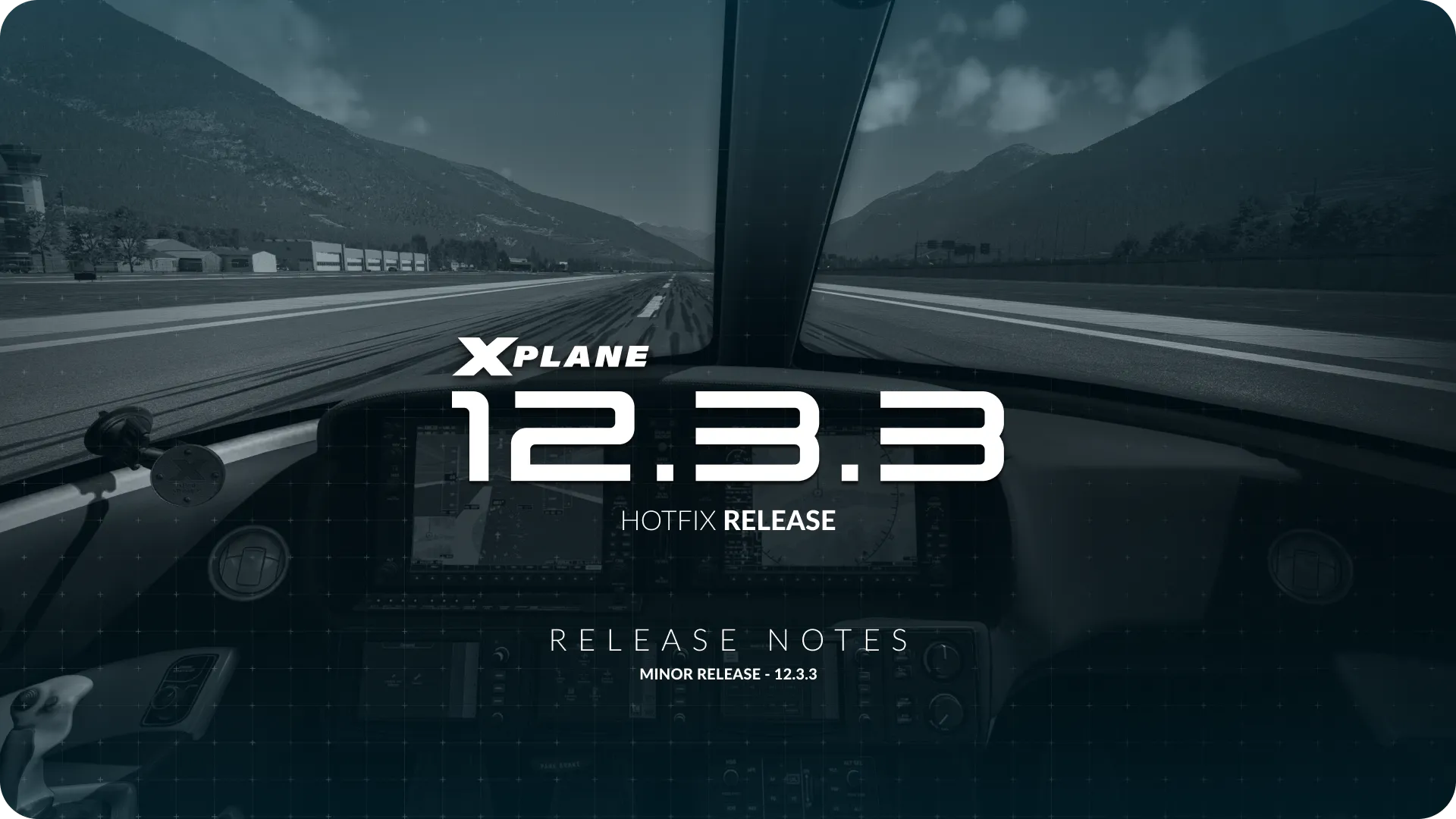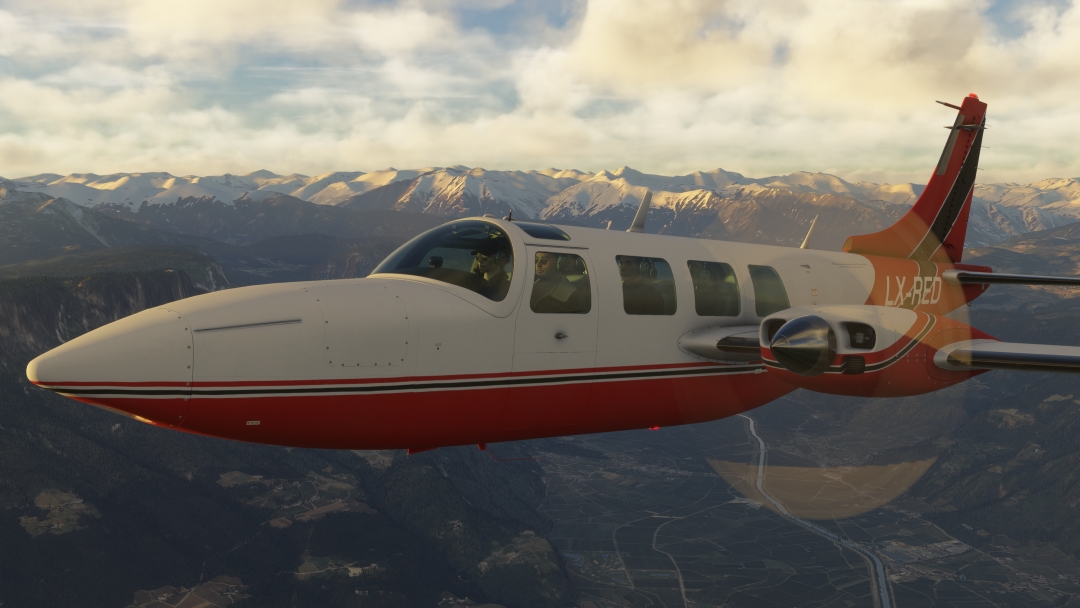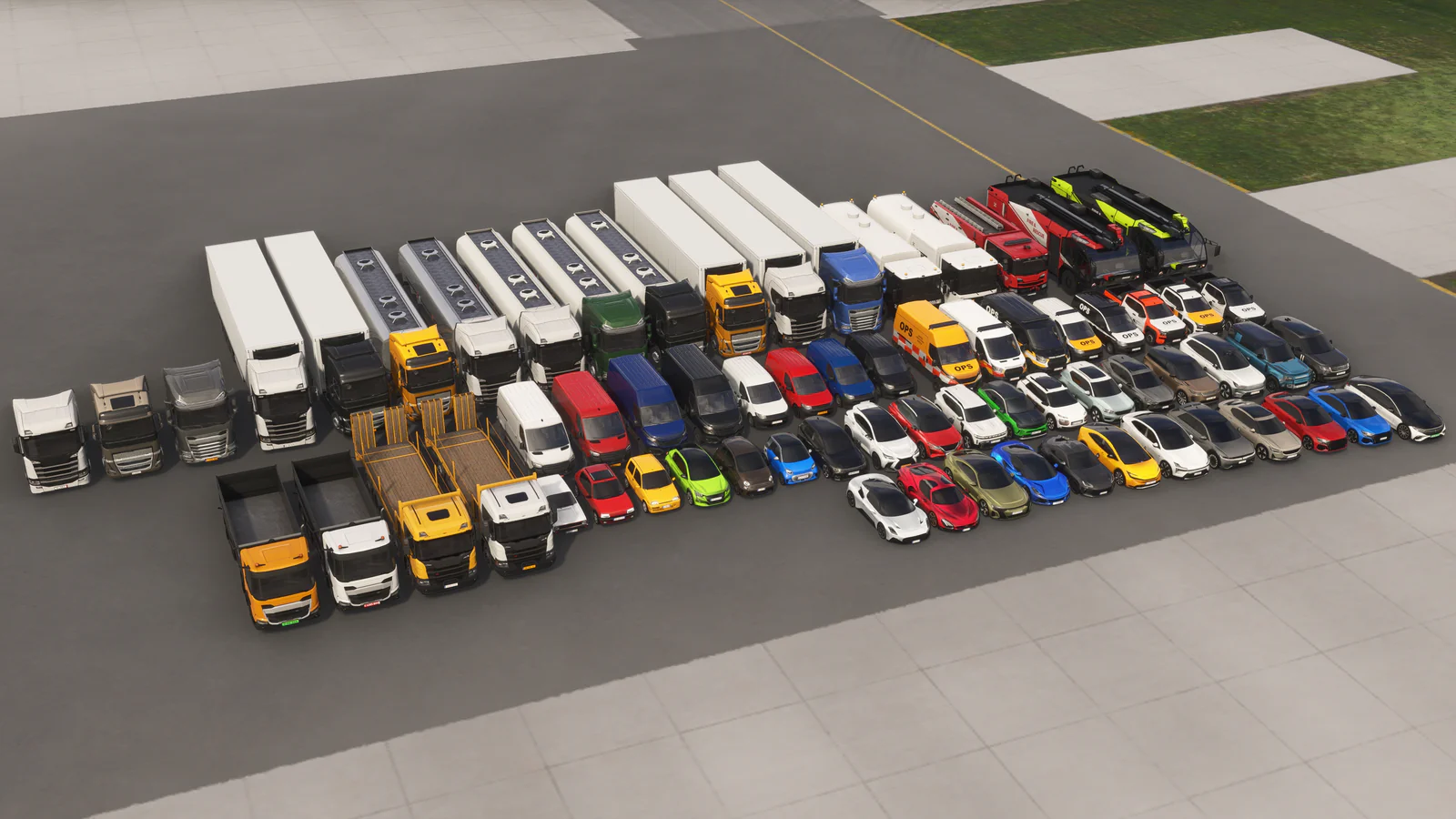Progress Update of Lockheed P-38L Lightning Published by FlyingIron Simulations
The duo of Daniel Kassabian and Alex Kassabian of FlyingIron Simulations have put together a large progress report on their Lockheed P-38L Lightning.
The update follows on from the announcement earlier this month, and contains details on engine modelling and its thermodynamics, fuel system, enhanced drag simulation, and dynamic start-up.
"We're happy to say that the complex engine model is almost complete, accurately simulating all facets of engine management & the supercharger," began the developer, writing about the engine modelling and thermodynamics. "To add to this, our custom thermodynamics system has made excellent progress in development, and will make it's debut as part of the P-38 on release day.
"We have completely overridden X-planes heat & temperature modelling with our own system that includes significantly more detailed & realistic modelling of engine heating/cooling behaviour (oil temps, coolant temps & behaviour, carb temp etc).
"This also allows us to create a much more detailed & realistic cooling system simulation than previously possible, and subsequently temperature management & operating the coolant features of the aircraft is much more realistic and requires more attention.
"Finally, the new system has allowed us to start prototyping damage modelling for things such as overheat conditions, which we are hoping to have fully implemented on release."
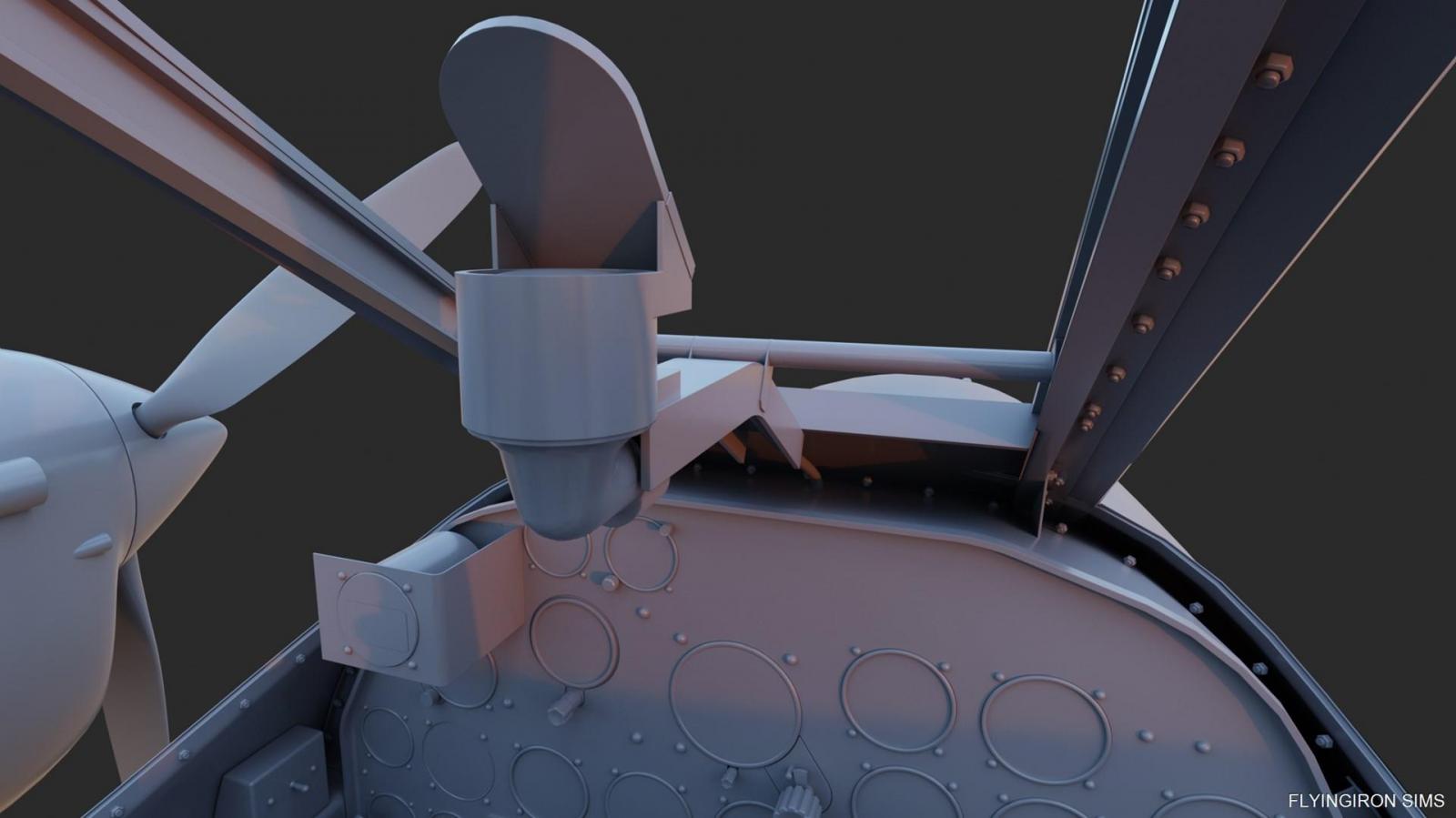
FlyingIron has also overridden the fuel system with their own, allowing a more in-depth rendition of the fuel system to be made possible.
This includes damage and failure modelling, complex engine starts, and management model, "as well as the drop tanks system".
Dan and Alex then moved on to enhanced drag simulation: "A new feature in our simulations, the P-38 will feature much more dynamic & realistic simulation of drag properties; in particular the more detailed modelling of the impact of various moveable surfaces on drag not included in X-planes Flight Model calculations by default.
"For example, we have simulated the various drag penalties that occur when using coolant flaps, external tanks, various payloads etc.
"One of our new features that we're most excited about; our new method of simulating the dynamic nature of firing up piston engines," they said, moving on to the topic of a dynamic start-up.

"Previously we've been able to model start-ups with some level of complexity, by carefully manipulating X-planes starter model & failure systems to recreate a realistic startup procedure; while this worked, it lacked finesse and really limited our options.
With the P-38, due to the large amount of custom systems & overrides in place, we are able to bypass the X-plane engine start system and replace it with our own, much more detailed & nuance startup simulation.
"Our goal is to capture the subtleties of engine start & make it have a real, tangible effect for the pilot. This includes simulating the effects of various priming states, weather/temperature effects on startup, simulation of the energizer flywheel, fuel/oil dilution and so on.
"What this means for the pilot is that you will need to follow the checklists carefully to get a clean start; however every startup will be different! Different weather & flight conditions will require slight adjustments to the procedures, and even then no two startups will be the same thanks to some slight randomisation elements (eg sometimes it will take slightly longer to catch).
"Beyond that, work continues on the FIS Tablet, wrapping up final FM/airfoil tuning, VR configuration, Artwork & finishing off the coding."
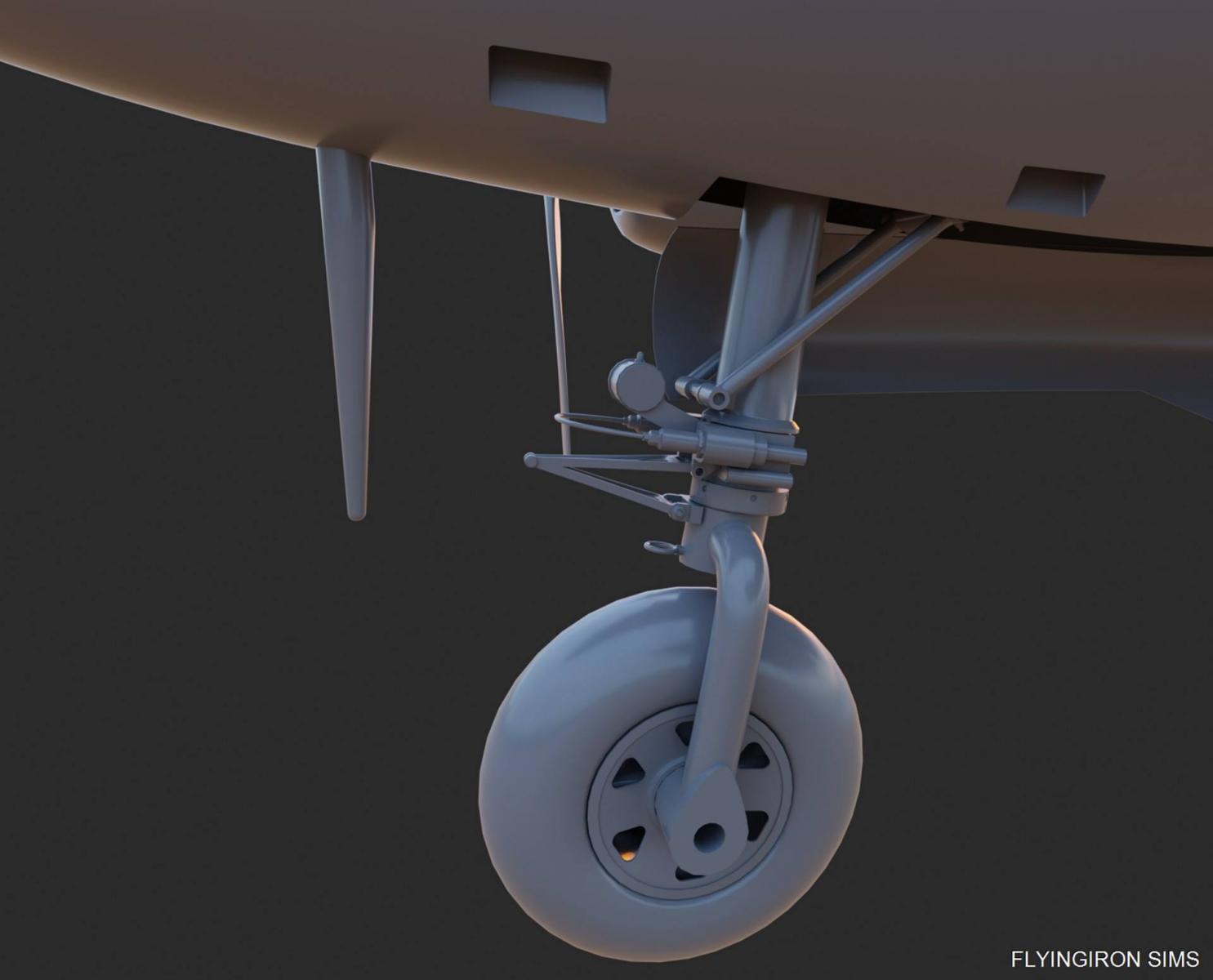
See details about the announcement of the aircraft here.
Share this page
COMMENT ADVISORY:
Threshold encourages informed discussion and debate - though this can only happen if all commenters remain civil when voicing their opinions.



